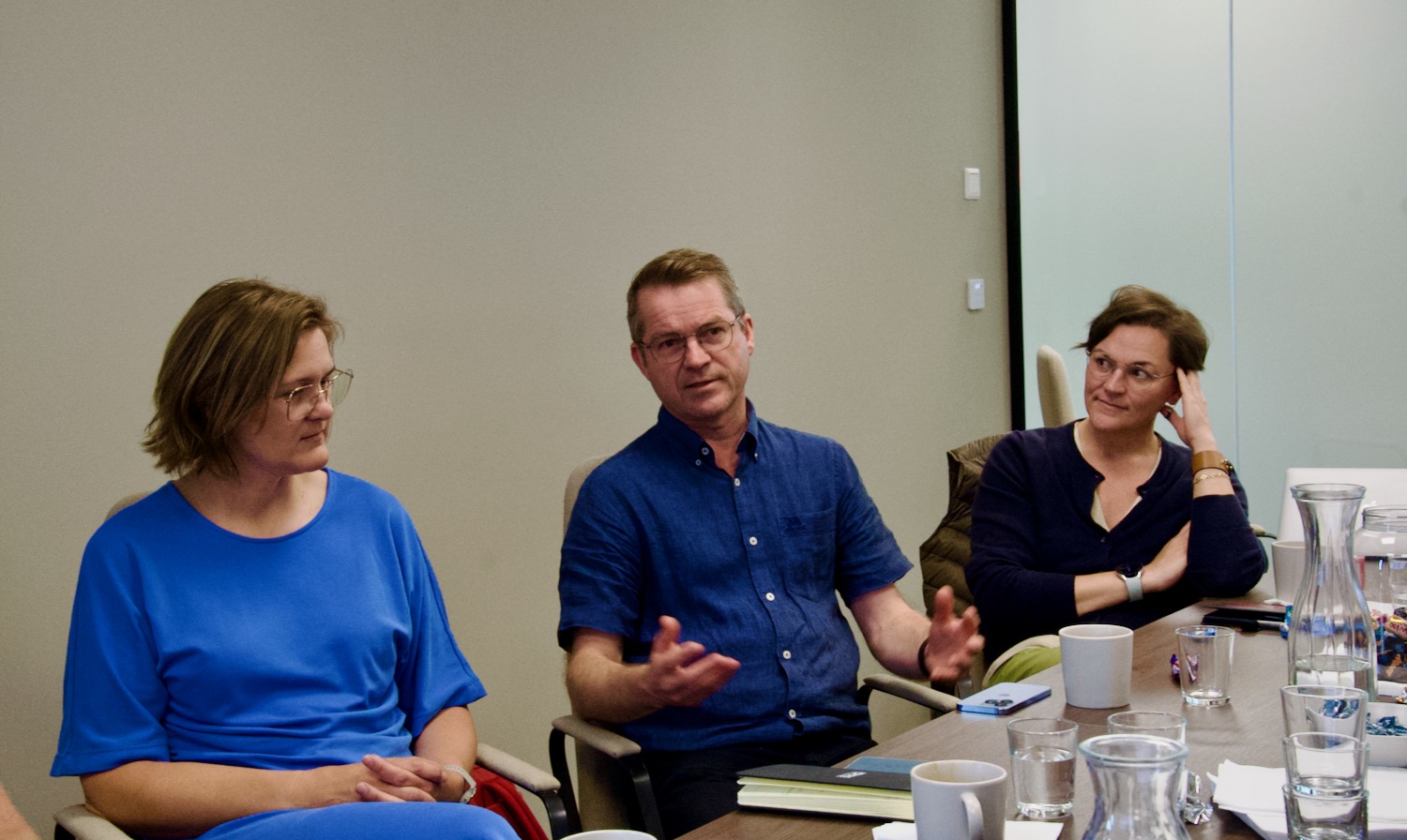In addition, the operational phase could employ a further 1,250 people directly and indirectly and generate NOK 4.3 billion more in value creation.
“Norway’s first large-scale wind farm will have a formidable effect on Agder. Sørlige Nordsjø II will create new jobs and secure existing jobs in many professions and industries,” says Kristian Trydal Johnsen, Project Manager Offshore Wind at GCE NODE.
DOWNLOAD: Ripple Effect Analysis Sørlige Nordsjø II (Norwegian text)
GCE NODE has played a key role in bringing together and promoting Agder as Norway’s leading offshore wind region. On behalf of GCE NODE, and with support from Agder County and the Kristiansand Chamber of Commerce, PwC has conducted a ripple effect analysis that looks at the effect that the development of Sørlige Nordsjø II could have on Agder.
“We see that offshore wind will make a strong contribution to the region’s working life and businesses,” says Johnsen.
Given that there is uncertainty related to which solutions and suppliers the project will choose, the report has described a high scenario (many suppliers from Agder) and a low scenario (fewer suppliers from Agder).
In the low scenario, Sørlige Nordsjø II will employ 750 people in Agder and generate NOK 2.7 billion in value creation. The operating phase for the low scenario estimates 950 employees and NOK 3.9 billion in value creation.
“The difference between the high and low scenarios is significant and largely related to whether an Agder port will be involved in the development of the Sørlige Nordsjø II project,” explains André Arntsen Fjelltveit, Partner at PwC and responsible for the ripple effect analysis.
“Agder should therefore come together to develop an assembly port for the wind turbines – for example in Mandal or Lyngdal. This is something we are already addressing,” says County Mayor Arne Thomassen.


